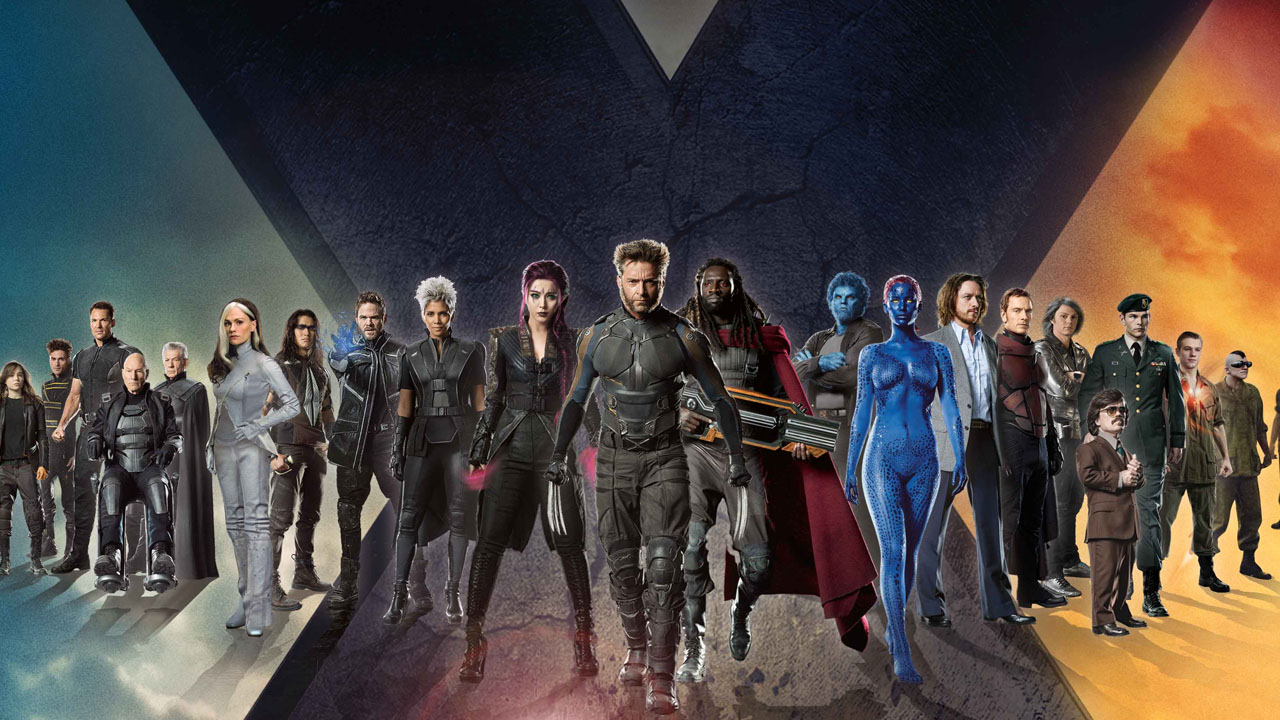Table of Contents Show
In March of 2020, news of Disney’s acquisition of 20th Century Fox went public. Fans of superhero comic books and cinema knew immediately what this meant for the Marvel Cinematic Universe (MCU) moving forward: the X-Men, Fantastic Four, and tons of other Marvel characters could appear in MCU movies alongside the already-established characters like Thor and Iron Man. In essence, they would be coming home. A reboot for a franchise like the Fantastic Four would find little objections among audiences. Fantastic Four movies haven’t found much favor with casual viewers and critics alike so far, which is why the franchise has been discontinued early on in both its iterations.
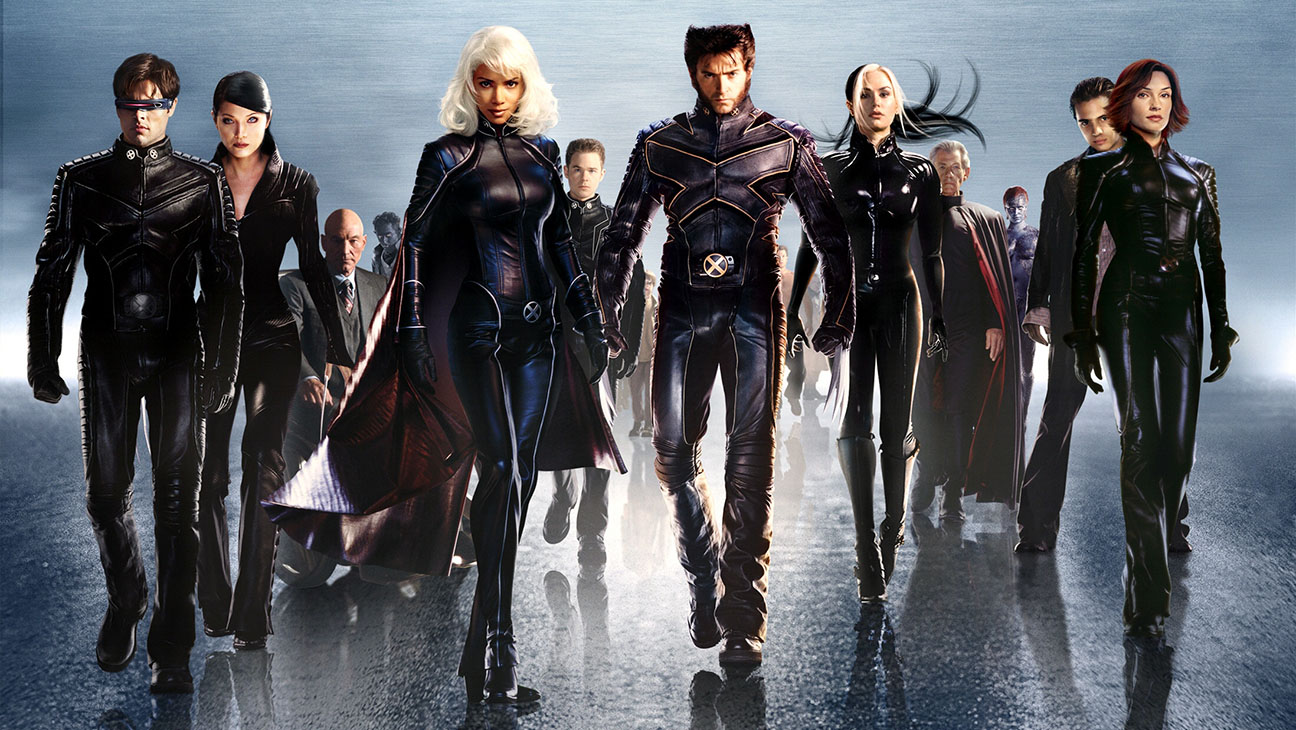
A second reboot, especially under the undeniably successful and more highly-lauded MCU umbrella, would be welcomed by most Marvel and movie fans. However, a reboot of the X-Men movie franchise is much more complicated. Since the premiere of X-Men in 2000, twelve movies with X-Men characters have been released, the last premiering in the fall of 2020. Unlike the Fantastic Four situation, this was twelve movies’ and twenty years’ worth of “continuous” storytelling with these characters, each new movie existing in more or less the same universe as those prior. While a couple of movies like X-Men: First Class, or X-Men Origins: Wolverine might be considered by some to be soft reboots of the franchise, they all technically exist in the same universe.
Furthermore, reception to X-Men movies has overall been more positive than to the Fantastic Four films. Thus, not only is there more of a critical standard for Marvel to meet, but a larger and more cherished cinematic legacy to fill the void of. Fan and critical reception to the X-Men movies has always been mixed. One narrative choice that made it difficult for audiences to truly love the X-Men movies was the multiple instances of time jumps, from the prequel movie X-Men: First Class to the movie in which the past is explicitly altered, X-Men: Days of Future Past. Even though the franchise is technically continuous, the muddled incarnations of the X-Men in the movies make it hard for even a devoted X-Men fan to wrap their head around.
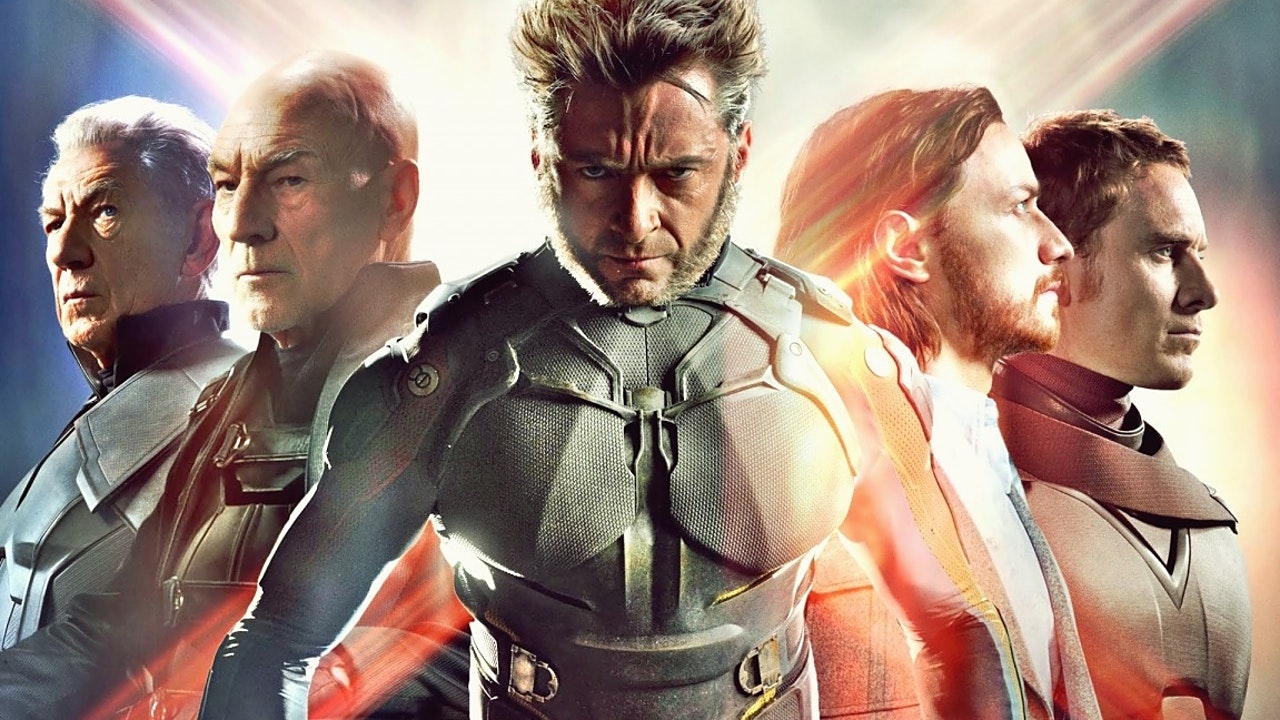
With the high likelihood for an X-Men reboot, it’s tempting for one to just entirely forget the past twenty years of X-Men films and patiently await what Marvel has in store for this cast of characters. However, since the X-Men movies were the longest continuous superhero cinematic franchise in history, we should take some time to commemorate the story they told. If Marvel happens to use a pre-existing thread from these past movies in a future reboot, then you’ll know exactly where it comes from. And if not, then at least you’ll have the story straight in your head as cinema history finally draws the curtains on 20th Century Fox’s X-Men. So without further ado, let’s go over the entirety of the X-Men cinema franchise, in order.
Timeline Breakdown/Summary
I will organize the X-Men movie timelines in two ways, by the release schedule and by the “narrative” timeline. The narrative timeline breakdown will have two components: a list of the movies that stood prior to the time alterations of the series, and then a list of the movies resultant from the time alteration in X-Men: Days of Future Past. It’s worth noting that while I include them in this list, the Deadpool movies, The New Mutants, and Logan largely operated independently from the other X-Men films. They all arguably occurred in their own universes, and as such, aren’t ascribed to any definitive timeline.
In order of cinema release:
- X-Men (2000)
- X2: X-Men United (2003)
- X-Men: The Last Stand (2006)
- X-Men Origins: Wolverine (2009)
- X-Men: First Class (2011)
- The Wolverine (2013)
- X-Men: Days of Future Past (2014)
- Deadpool (2016)
- X-Men: Apocalypse (2016)
- Logan (2017)
- Deadpool 2 (2018)
- X-Men: Dark Phoenix (2019)
- The New Mutants (2020)
In order of narrative chronology:
- X-Men: First Class
- X-Men Origins: Wolverine
- X-Men
- X2: X-Men United
- X-Men: The Last Stand
- The Wolverine
- X-Men: Days of Future Past
With the timeline rewritten, a new timeline diverges from the original, comprised of these films:
- X-Men: First Class
- X-Men: Days of Future Past
- X-Men: Apocalypse
- X-Men: Dark Phoenix
- Deadpool
- Deadpool 2
- The New Mutants
- Logan
How Does This All Work?
There are a lot of X-Men movies out in the world now. As such, remembering all of them sequentially would be hard enough. Factoring in the time-travel aspect of the narrative, the task becomes even more daunting. But here, a brief overview of each movie and how it contributed to the overall narrative will elucidate how exactly the chronological timeline was established in straightforward, simple terms. I will only skim major developments in the films that are relevant to each of their positions within the timeline.
Both timelines started with X-Men: First Class. Set in the early Cold War ’60s, this movie told the story of how Charles Xavier and Erik Lehnsherr meet. Along with introducing several other key characters to the X-Men mythos, such as Mystique and Hank McCoy/Beast, this movie served to establish the relationship between the future Professor X and Magneto, who act as opposing leaders of mutantkind further down the timeline. We saw the beginnings of this rift form throughout the course of the movie, and by the end we saw Charles paralyzed from the waist down and Erik gone off to form his own mutant coalition.
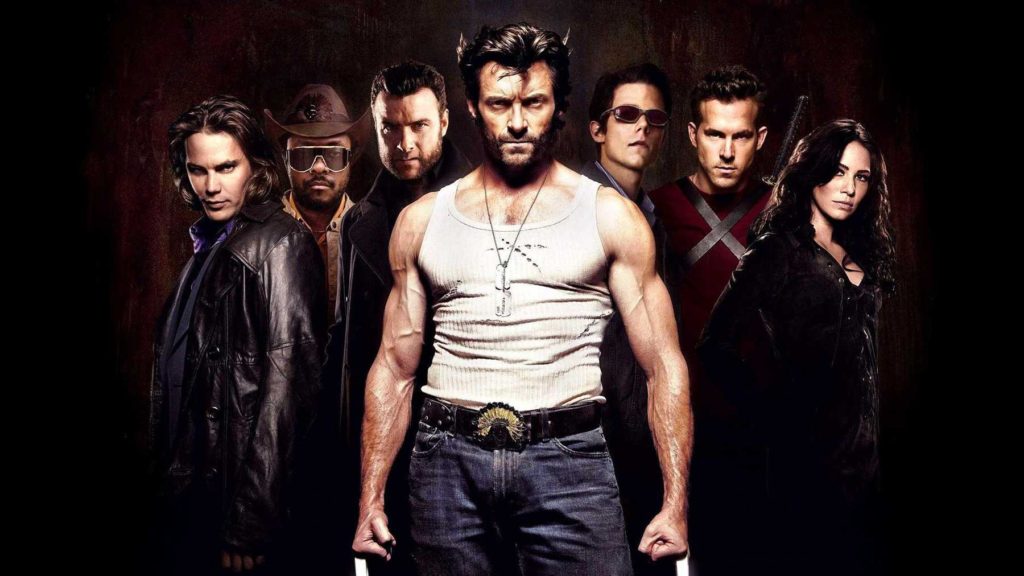
What followed in the original continuity is X-Men Origins: Wolverine. While Wolverine made a cameo in X-Men: First Class, his origin story was largely told after those events, even though some flashbacks of his life were shown to historically precede First Class as well. X-Men Origins: Wolverine briefly detailed how Wolverine grew into a young man, then followed his mission to avenge his wife who was murdered in the beginning of the movie. Notable to the Wolverine mythos was the origins of Wolverine’s and Sabretooth’s relationship, the scene where Wolverine’s skeleton was bonded with adamantium, and the final twist where Wolverine’s memory of his life was erased by a bullet to the brain, effectively resetting him to canonically align with where he begins in the narrative’s chronologically subsequent film. The story explored various other aspects of the X-Men mythos, from Wolverine’s recruitment into the Weapon X program to mutants such as Cyclops and Gambit. We also encountered a young Charles Xavier and an infamously inaccurately-depicted Deadpool, but the movie’s main focus was on developing Wolverine to where he was in X-Men.
The Original X-Men
X-Men was the first film released. The story recapped the origins of Magneto and Professor X and their relationship to each other, then introduced us to Rogue. She met an amnesiac Wolverine and together, following an attack by Sabretooth, they were taken to X-Mansion and meet the X-Men. The film introduced many other famous X-Men characters such as Jean Grey, Storm, Cyclops, but most importantly it officially established the “X-Men”. It also began Wolverine’s journey to reclaim his past. Next in the series is X2: X-Men United. Several important events to the timeline occurred, the first of which was Wolverine learning more about how he gained his abilities. He learned that Colonel William Stryker, the film’s main antagonist, was responsible for much of his condition, which is consistent with X-Men Origins. In the end, we also saw Jean Grey “die” saving her team.
In the final movie of the original trilogy, X-Men: The Last Stand, we saw Jean Grey revived, with her hidden “Phoenix” personality breaking free and its associated powers being unleashed. Over the course of this movie, Cyclops and Professor X died at Jean’s hands. Jean ultimately perished and Magneto was injected with a “cure” that deactivated his mutant genes and abilities. However this cure and Professor X’s deaths both seemed impermanent — in a post-credits scene, we saw Magneto able to move a magnetic chess piece telekinetically, and a coma patient awoke speaking with Professor X’s voice.
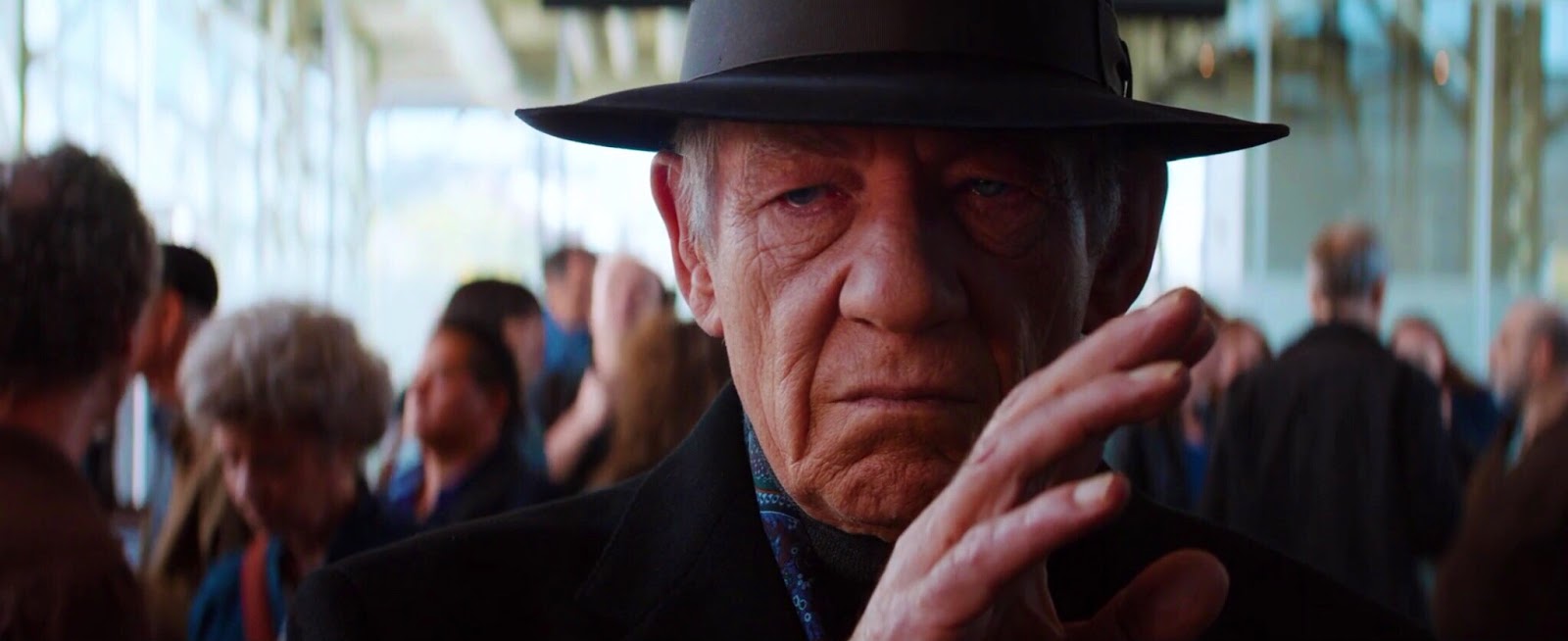
Following the trilogy, the next movie chronologically is The Wolverine. Hot off the losses endured in The Last Stand, Wolverine was leading a secluded life with his memories restored. Conveniently, a man from his past who he saved from a nuclear blast had an offer to make Wolverine, bringing him to Japan and into a thrilling Wolverine solo story.
Throughout the film, we got up close and personal with Wolverine’s weariness with life as a result of the tragedies he’s suffered and his theoretically-immortal life. In terms of the overall X-Men canon, little of significance occurred until the post-credits scene, during which both Professor X and Magneto approached Wolverine in an airport to recruit him to their cause. This reunion led directly into X-Men: Days of Future Past. Days of Future Past acted as a nexus movie between the established X-Men universe and the younger versions of those characters introduced in X-Men: First Class. It not only united the two ensembles in one movie but sent the younger versions off on their own timeline through time alteration while effectively closing the curtains on the older versions’ timeline.
The Alternate, Rewritten Timeline
Because of the events of Days of Future Past, a new timeline arose that diverged early on from the old one. In fact, X-Men: First Class became the only commonality between the two timelines, as the divergence occurred before X-Men Origins: Wolverine took place. At the end of The Wolverine, Logan was recruited by Professor X and Magneto to prevent a mutant extinction. It was revealed next in Days of Future Past that this threat to mutant kind had been in the making since the 70’s, when Mystique assassinated a military scientist who’d designed robots, called Sentinels, to kill mutants. This inadvertently advanced the Sentinels’ development — Mystique was captured and her shapeshifting DNA is adapted to the Sentinels, allowing them to adapt to any mutant abilities they encounter.
In the future, these unstoppable Sentinels have nearly eradicated all of the planet’s mutants. Thus Logan was recruited for a final stand by the world’s few remaining X-Men, a last-ditch attempt to prevent those circumstances from ever having occurred. This was accomplished by sending Logan’s mind back in time to take hold of his body in 1973, when Mystique killed the scientist. Here was when the timelines began to diverge. Eventually, after various missteps and a tense climax, the mutants prevailed in saving Trask, the military scientist. Thus his mutant extermination program received no further government support, and the future that the present-day X-Men were trying to prevent was successfully erased. Logan woke up again in his more aged, present-day body, except with his future/present in a very different place.
Not only is the world not nearing a mutant extinction, but many of the deaths and conflicts that occurred during the original X-Men trilogy had been reversed, including — most importantly to Logan — Jean Grey’s death. Meanwhile, his young body back in 1973 was found by William Stryker, reinitiating the cycle of his experiences with the Weapon X program. This past and future officially took place in the new timeline, given that the mutants changed the past and changed the original timeline. So the original timeline effectively died in Days of Future Past.
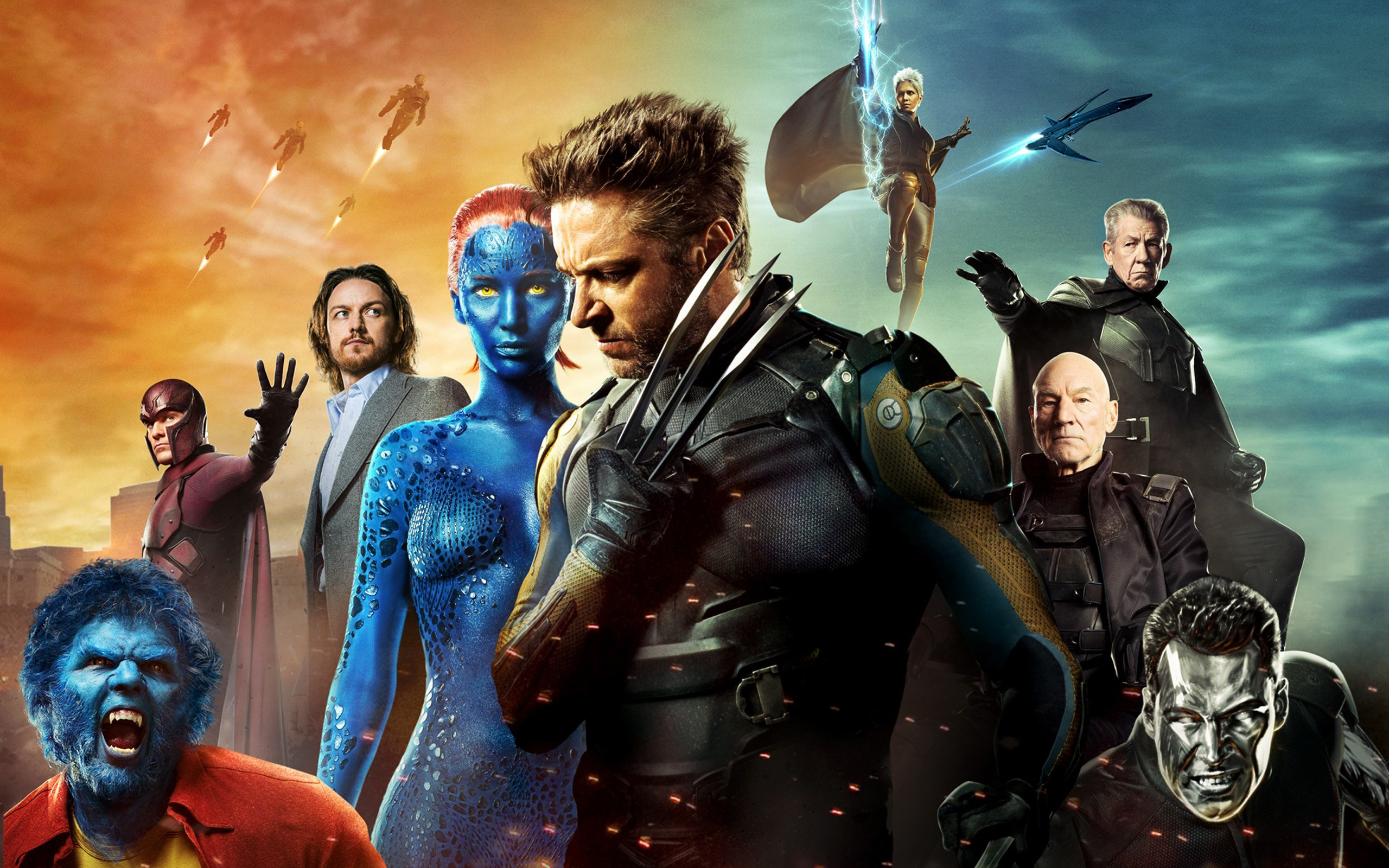
Forging Forward In The New Timeline
However, there are still a few movies that occur afterward. Next in the timeline was X-Men: Apocalypse. Ten years after the events of Days of Future Past, the world’s first mutant — Apocalypse — returned to the world and attempted to take it over. A younger Jean Grey played a prominent role in this film and was shown to be coming into her “Phoenix” personality once again. This occurred much earlier in history than in The Last Stand, showing already how this new timeline was drifting from the original’s example. The X-Men also encountered the younger Wolverine in captivity under the Weapon X program.
While the timeline for Wolverine’s transformation roughly aligned with that of X-Men: Origins, the differences in depiction of the Weapon X program also show that this movie followed a definitively separate timeline than those before it. Other aspects of note in this film are the introductions of younger versions of Cyclops, Storm, and Nightcrawler than were seen in the original timeline, showcasing a soft reset to their cinematic origins, and the introduction in a post-credits scene of the Essex Corporation, which played a large role in Logan.
The last official film of the new timeline is X-Men: Dark Phoenix. An effort to tell a different story about Jean Grey’s transformation into the “Phoenix” than The Last Stand‘s interpretation, it introduced several developments into the new timeline that differ from those of the original. For one, Mystique dies. For another, at the end, “Xavier’s School For Gifted Youngsters” is renamed after Jean, who disappeared after the movie’s final battle.
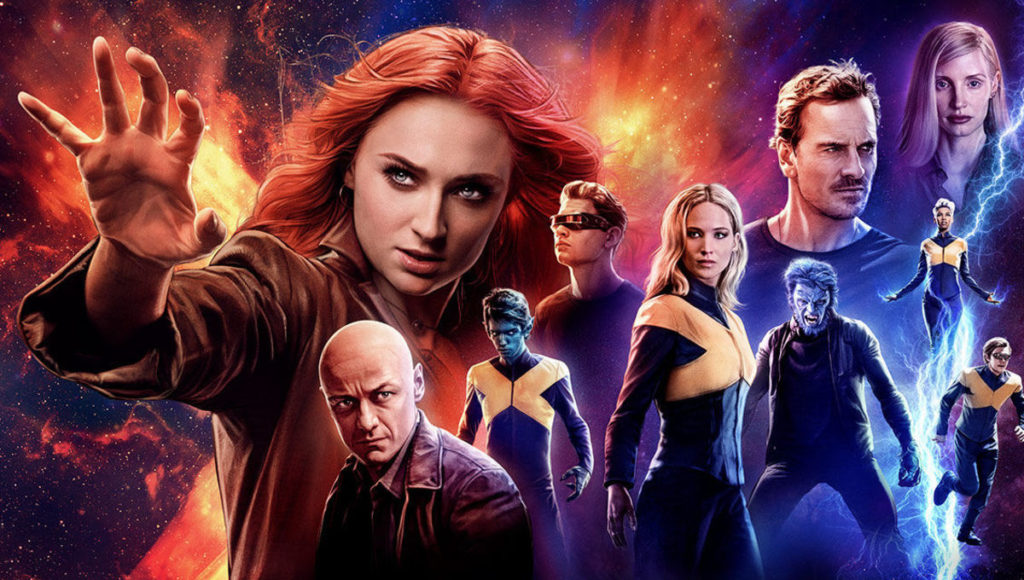
Days of Future Past ended with present/future Wolverine, however you want to label him, reinserted into an altered timeline at the end of the movie, drawing the curtains on the original X-Men team that popularized the franchise. The Deadpool movies and The New Mutants can safely be said to take place afterwards in the new timeline which Wolverine awoke in at the end of the movie. Since the versions of Deadpool and Colossus in Deadpool differed significantly from those portrayed in the original X-Men timeline, it seemed they therefore belonged to the new timeline. Ultimately though for The New Mutants, and especially given Deadpool‘s proclivity for crossing borders and breaking rules unapologetically, the timeline those three movies take place in are inconsequential to their narrative and to the two X-Men timelines. One can place them in either timeline without major inconsistencies arising because they don’t depend on the storytelling of the other X-Men movies to operate.
Farewell To The X-Men
However, the truly final film that seems more apt to have taken place in the original X-Men timeline is Logan. This is a more contentious placement than the other films. Other timeline breakdowns by other sources have placed Logan in the new timeline because several details in the film allude to Easter eggs from other films in the new timeline, and simply by the logic that because the original timeline ended with Days of Future Past, Logan, which occurs farther in the future than Days of Future Past, couldn’t take place in that timeline anymore. However, several other details in Logan recalled events from the original timeline as well. Ultimately, however, the film seems not to be canon in either timeline. In an interview with Digital Spy, Hugh Jackman related that “Not only is it different in terms of timeline and tone, it’s a slightly different universe” (( Fletcher, Rosie. “Logan’s Not Set in the X-Men Universe.” Digital Spy, January 21, 2017. )). So officially, while Logan may borrow elements from both timelines, it does not belong exclusively to either of them.
To very briefly hit on some major aspects of Logan: it took place even farther in the future than Days of Future Past, and most of the mutants in the world are once again gone. Wolverine’s/Logan’s mutant regenerative capabilities were failing him, and he was taking care of an ailing Professor X. This was truly the swan song for the original X-Men as it said goodbye to the most iconic one of them all, Wolverine. Midway through the movie, he buried Professor X. And by the end, Logan himself died a hero’s death, saving a band of mutant children so that they may have been able to live their lives free of persecution.
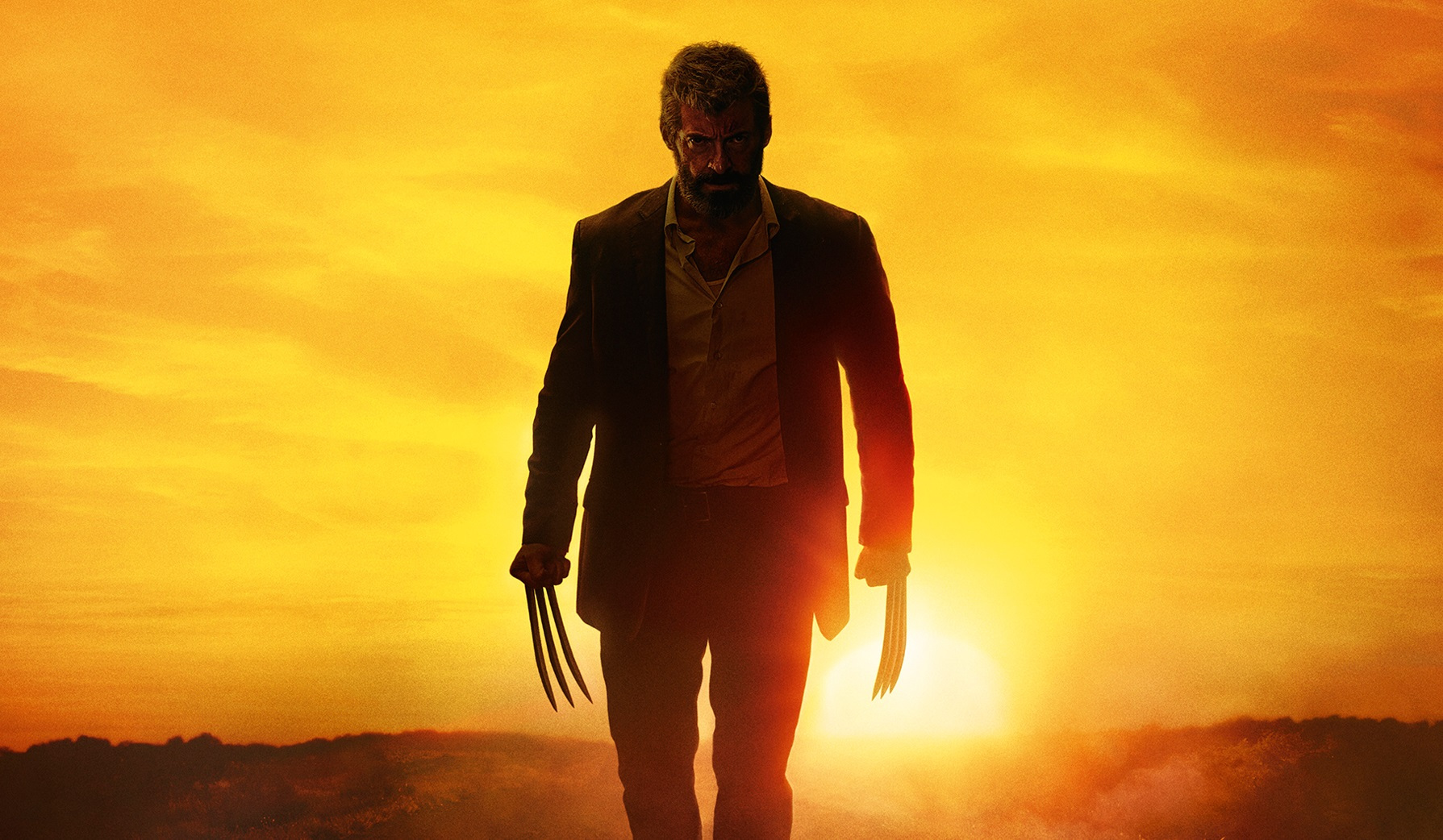
Hopefully this review was as straightforward and sensible as possible. As an era of X-Men storytelling on the big screen draws to a close, despite the highs and lows of the movies it’s important to recognize overall what an achievement these stories represent. Comic book movies today owe a lot to X-Men of 2000, and to the subsequent creations spawned since. And now the world has a whole new generation of X-Men to look forward to that will finally be integrated into the larger MCU. We don’t know what this will look like yet; however, in an interview with Collider, Ryan Reynolds did confirm that Deadpool 3 at least was still greenlit at Disney. Furthermore, it will be integrated into the MCU while retaining its classic R-rating (( Chitwood, Adam. “’Deadpool 3′ Confirmed for the MCU; Kevin Feige Teases R-Rating and When It’s Filming.” Collider, January 11, 2021. )), a phenomenon yet to be observed in an MCU movie.
Regardless of what studio helms the films, the X-Men are sure to continue playing a significant role in cinema, as they have for the past twenty years. And if the muddled continuities of those past films have taught us anything, as long as good X-Men stories continue to be told, continuity consistency can maybe take a backseat.
